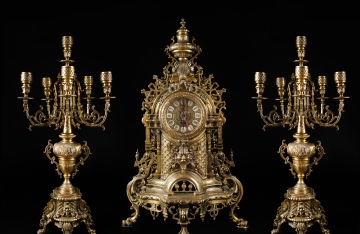An air-source heat pump features three cycles. These cycles include a heating cycle, cooling cycle, and a cycle featuring defrost. During the heating cycle for the pump, the heat is captured from the ambient air and pumped inside a home.
How the Liquid Refrigerant Is Used
When this occurs, liquid refrigerant passes through a device that changes it to a liquid and vapour mix. This mix is then transferred to an evaporator coil outside. The refrigerant absorbs the outside heat, transforming it into a cool vapour.
Next, the vapour travels through a reversing valve and into an accumulator. Any liquid residue is collected in the accumulator before the vapour enters a compressor. When the vapour reaches the compressor, its volume is reduced, which causes it to heat.
As a last step, the reversing valve transmits the vapour, which is now warm, to an indoor coil or the condenser. The heat from the hot gas is conveyed to the indoor air, and the refrigerant condenses it into a liquid. The liquid then goes back to the expansion component before the cycle is repeated once again.

When the Temperature Drops
When the pump is used for heating, its ability to transmit heat from the outside depends on the outdoor temperature. If the temperature drops, the heat pump’s capacity to absorb heat also diminishes. So, if the outside temperature plunges, the heat pump can only provide some of the heat that a home needs. In this case, a supplementary source of heat is needed to back up the system.
When heat pump system prices in West Sussex are considered then, the homeowner must consider whether they will need an air-to-air system or an air-to-water system. They must also note the other heat sources in his house. For example, if you already have a working fireplace, this is an excellent supplement to heat pump-supplied heat.
When compared, a furnace usually delivers air to a home at about 55 degrees Celsius. A heat pump, on the other hand, supplies air in larger volumes, and at about 35 degrees Celsius. The pumps also generally run for a longer period of time.
Cooling the Indoor Air
The cooling cycle for an air-source heat pump works in reverse of the heating cycle described above. Therefore, the pump extracts heat from the air indoors and gets rid of it outside.
The Defrost Mode
The pump goes through a defrost cycle if it is running in a heating mode. This usually occurs when the temperature is close to or at the freezing point outside. During the heating cycle, moisture passing over the coil outside will freeze on it. The accumulation of frost depends on the outside temperature and the moisture content.
A frost build-up lowers the efficiency of the outside coil by reducing its capacity to convey any heat to the refrigerant. So, at some juncture, the frost must be removed. That is when the heat pump switches to defrost mode.
Heat pumps are energy-efficient devices. So, you need to consult with a company that features these types of systems and consider your options. Air-source heat pumps come in floor-standing units, ducted systems, and wall-mounted and universal designs. See how this type of heating and cooling system can benefit you energywise.




